Course # 801C –
Fatigue, Fracture, Mechanics and Damage Tolerance of Aging and Modern Aircraft Structures
What you will accomplish and gain:
- GAIN solid understanding of the fundamentals of Metal Fatigue, Corrosion, and Ageing Composites
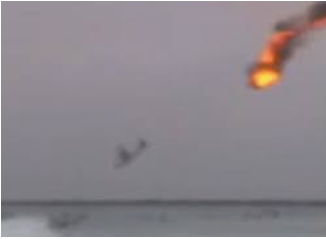
- RECEIVE knowledge and tools that’d enable them to operate an ageing fleet of aircraft and helicopters in an economical, yet safe fashion
- STUDY very practical case histories in a relaxed setting with interactive facilitation and be able to learn extremely valuable and real-life lessons
- UNDERSTAND technical expertise required to minimize the probability of a catastrophic accident
- PERFORM in-class fracture mechanics calculations with Sam’s individual attention
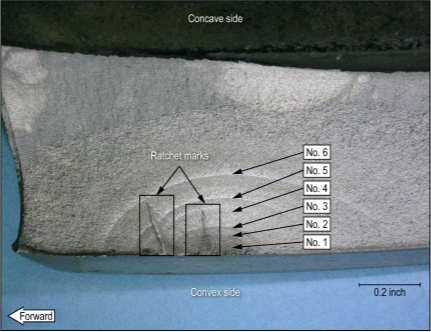
Who should take this training:
Managers / Engineers / Materials Scientists / Inspectors / DERs in:
|
|
|
|
|
|
|
|
|
|
|
|
|
|
|
|
|
|
|
From Industries including but not limited to:
|
|
|
|
|
|
|
|
|
|
|
|
|
|
Course # 801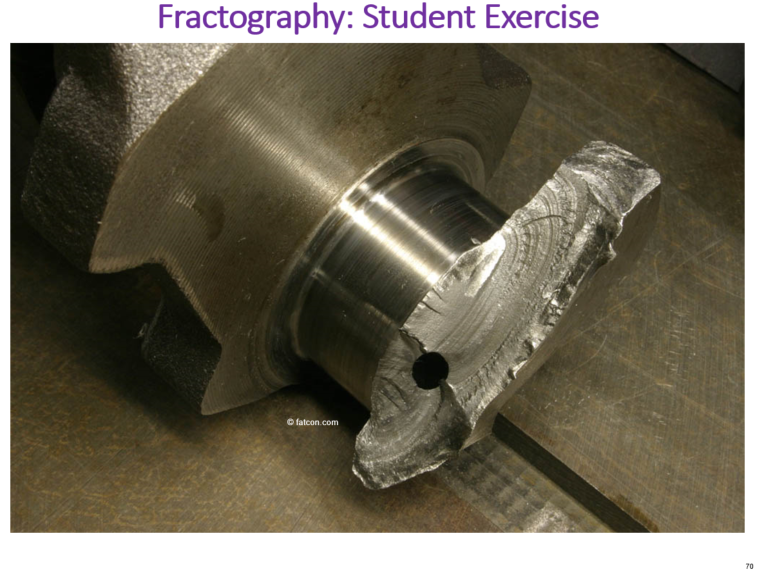
Fatigue, Fracture Mechanics and Damage Tolerance of Aging and Modern Aircraft Structures
- Prologue
- Cost of Fracture
- The Danger of Metal Fatigue
- Early transportation failures from centuries past
- Bridges
- Trains
- Titanic and Liberty ships
- Wright Flyer, Comet, …
- F-111 crash
- Early transportation failures from centuries past
-
- What is a Failure? USAF-Navy-FAA-NASA Guidelines
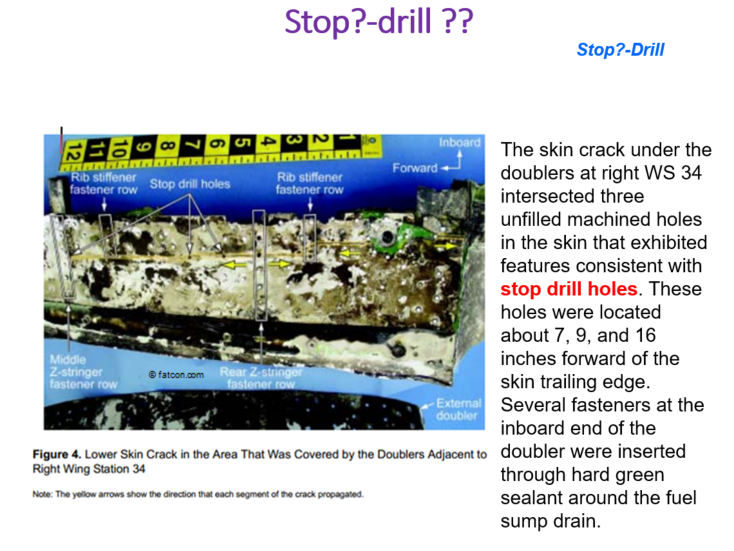
- Structural Failure Modes
- Environmentally induced and/or time-dependent failure modes
- Creep, Fatigue, Corrosion, Wear, Fretting, Hydrogen Embrittlement
- Synergistic processes
- Corrosion fatigue, fretting fatigue, SCC, high temperature fatigue
- Why High Strength materials are weak in fatigue!
- Crack Initiation and Propagation
- Design Strategies to combat Metal Fatigue
- Safe Life
- Safety Factor fantasies
- Fail Safe
- 1. Crack Arrest
- 2. Multiple Load Path (Structural Redundancy)
- Design for inspectability
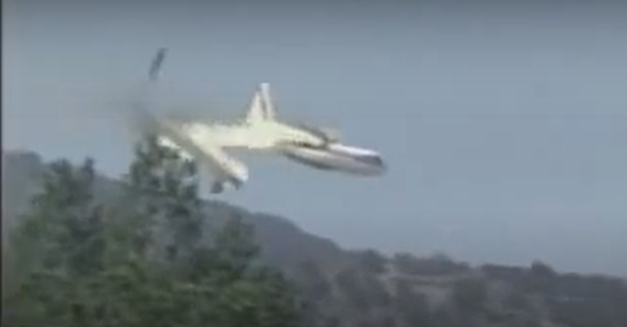
- Safe Life
- What is a Failure? USAF-Navy-FAA-NASA Guidelines
- Fractography
- What does a fatigue crack look like?
- Macro and Micro Aspects
- Striations and Beach Marks
- Quantitative and qualitative use
- Ratchet lines
- Marker cycles
- Guides on using Fractography
- Scanning Electron Microscope
- Use of fractography to perform failure analysis
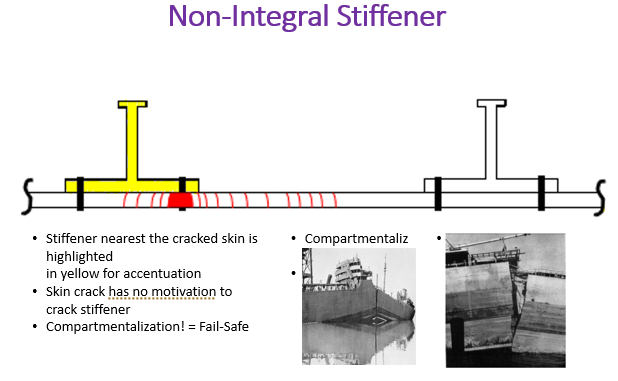
- Stress Concentration Kt, Finishes
- Stress Concentrations
- Load Flow Lines (Streamlines): a useful analogy
- Surface finish
- Pitfalls in grinding
- Chrome-plating dangers, zinc and other platings
- Size effects
- Leonardo da Vinci
- Similitude or lack thereof
- Scatter, Reliability
- High Temperature Effects
- Stress Concentrations
- Fatigue Life Prediction
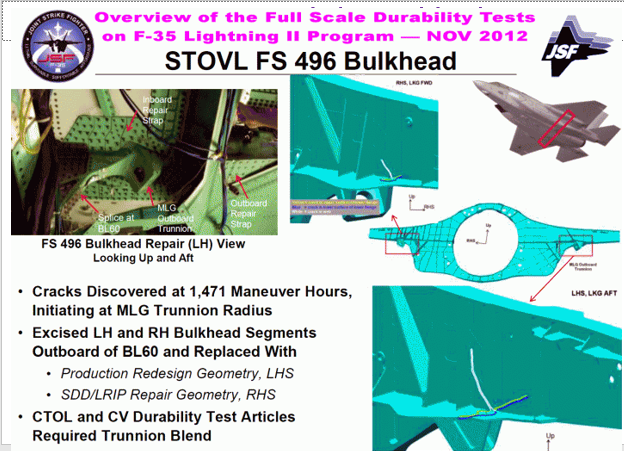
- Cycle parameters
- Range, amplitude, mean stress, R ratio
- S-N Curves
- Endurance Limit is largely a myth: Use Fatigue Strength
- Fatigue Strength
- Mean stress effects
- Constant Life Diagrams, Haigh Diagrams
- Low cycle fatigue
- Neuber’s Notch strain analysis
- Miner’s Myth
- Extremely limited applicability and lack of defensibility
- It is not a RULE
- Fracture Mechanics
- Griffith Criterion
- George Irwin, Naval Research Lab: Father of Fracture Mechanics
- Stress intensity factor SIF KI
- Beta factors
- Residual strength
- Fracture toughness
- Effect of thickness, orientation, impact, temperature
- Dynamic fracture toughness and crashworthiness
- Crack propagation
- Thresholds
- Inspection intervals
- Classroom problem-solving exercises
- NDE, detectable crack sizes
- Visual, eddy current, radiographic, ultrasonic, penetrant, magnetic particle
- Applicability, comparison
- POD (Probability of Detection)
- Reliability of Inspections
- Case Study: MD-88 uncontained engine failure
- Initial quality, EIFS equivalent initial flaw size
- Multiaxial stresses, Mixed mode cracking
- Short cracks
- Can be deadly
- Classroom tutorials in Fracture Mechanics
- Rigorous, parametric evaluations of various interconnected variables: fracture toughness, initial flaw size, inspection interval, fastener holes, corrosion effects, coldworking, shot-peening, da/dN, material properties C, m, …
- Damage Tolerance
- MIL-A-83444 -> MIL-A-87221 -> JSSG2006
- 1. Fail-safe structure
- Arrest of a rapidly running crack
- Safe partial failure of a load path
- Skin-stringer partnership
- Titanium crack stoppers
- 2. Slow crack growth structure
- Degree of inspectability
- Initial flaw assumptions
- 1. Fail-safe structure
- Retardation Models
- Willenborg
- Wheeler
- Closure
- Onera…
- Continuing damage
- ASIP, IATP
- Cycle parameters
- Environmentally Assisted Cracking
- Corrosion Fatigue
- Effect of frequency, waveform, hold-time, …
- Stress Corrosion
- KIscc
- SCC ratings for aircraft alloys
- Case study: SCC of a High Strength Steel Frame in a USNavy Fighter
- Fretting Fatigue
- How surface finish, similar materials in contact, slip amplitude, temperature, and environment affect Fretting Fatigue
- Contact fatigue
- Gear failures
- Aging aircraft issues
- Durability vs Damage Tolerance
- Multi-Site Damage, Widespread Fatigue Damage
- The Aloha accident
- Continued airworthiness
- Supplemental inspection programs
- Limit of Validity (LOV)
- Corrosion Fatigue
- Testing for Substantiation and Data accumulation
- Cycle Counting methods
- Rain flow method
- In-flight loads monitoring
- Testing
- Coupons, specimen, component, and Full-Scale
- Standardized Testing
- Coupon preparation, precracking guidelines
- E-399 KIc
- E-647 da/dN
- Service duplication Testing
- Environmental chambers
- Time compression issues in corrosion fatigue testing
- Load Spectrum Generation
- Canned Spectra
- TWIST, MINITWIST, TURBISTAN, HELIX, FELIX, …
- Sequence effects
- Truncation, clipping
- Canned Spectra
- Scatter, Reliability, Risk management
- Weibull Paper, Example problem
- Material Properties & Useful Data handouts and Sources
- S-N curves
- Crack initiation data
- da/dN crack growth data
- Fracture Toughness Kcs
- Data sources and handbooks
- Journals
- Cycle Counting methods
- Special Topics (Optional)
- Cracking in aircraft engine components
- ENSIP
- Sioux City DC-10 crash landing
- Thermo-mechanical Fatigue
- Creep Fatigue
- Thermal Fatigue
- Concorde
- Sonic fatigue (Acoustic Fatigue)
- Fatigue of composites
- Polymers
- ARALL, GLARE and other newer materials to fight fatigue
- Cracking in aircraft engine components
- Do’s and TABOOs
- Methods to improve fatigue resistance
- Clever use of favorable residual stresses
- Cold-working of holes
- Shot Peening
- Residual Stress control measures
- Bolts, Rivets, Springs, Bearings, Welds, …
- Failure Analysis: useful learning tool
- Care and handling of fractures
- Repair techniques
- Japan Air Lines 747 crash
- “stop”-drill?
- Helpful treatments and processes
- plating
- Hi-Tigue and other fatigue rated fasteners
- Guidelines based on experience
- Epilogue
- No highway
This syllabus is for guidance only; the syllabus may change retaining the current flavor.

